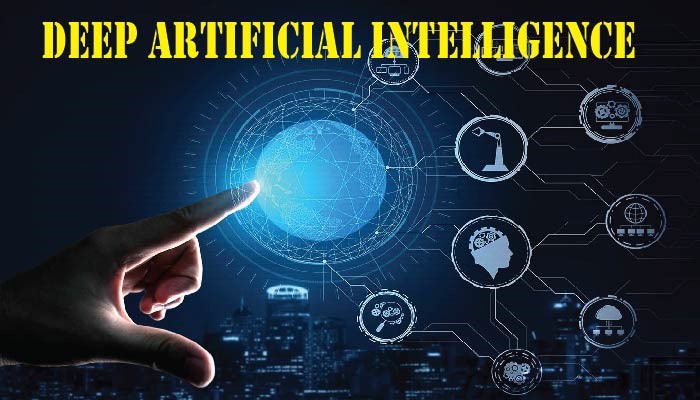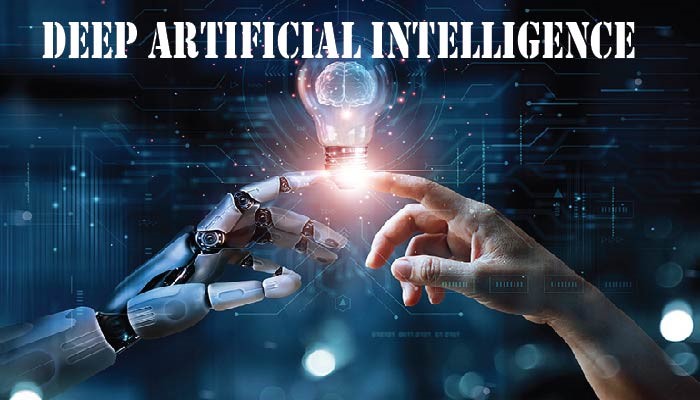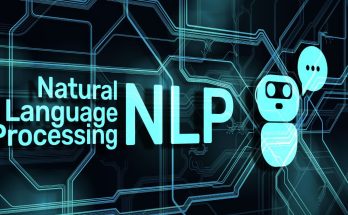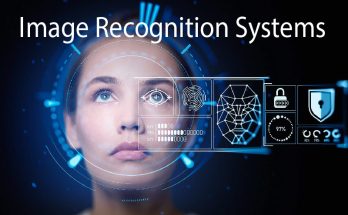Delving into Deep Artificial Intelligence: Exploring the Depths of AI
Artificial intelligence (AI) has made significant strides in recent years, with deep learning emerging as a cornerstone technology driving many of its advancements. Deep artificial intelligence (AI) represents a sophisticated approach to machine learning, characterized by the use of neural networks with multiple layers to process complex data and extract meaningful insights. In this article, we embark on a journey to delve into the depths of deep artificial intelligence, exploring its principles, applications, challenges, and future prospects.

Understanding Deep Artificial Intelligence
Deep artificial intelligence, often referred to as deep learning, is a subset of machine learning that focuses on learning representations of data through multiple layers of neural networks. Unlike traditional machine learning approaches that rely on feature engineering, deep learning algorithms automatically discover relevant features from raw data, making them highly adept at handling unstructured and high-dimensional data such as images, audio, and text.
Key Components of Deep Artificial Intelligence
Neural Networks: At the heart of deep artificial intelligence are neural networks, computational models inspired by the structure and function of the human brain. These networks consist of interconnected layers of artificial neurons, each layer responsible for extracting progressively more abstract features from the input data.
Deep Learning Architectures: Deep artificial intelligence encompasses a variety of neural network architectures, each tailored to specific tasks and data types. Some common architectures include convolutional neural networks (CNNs) for image processing, recurrent neural networks (RNNs) for sequential data, and transformer models for natural language processing (NLP).
Training Paradigms: Deep learning models are trained using large amounts of labeled data through a process known as backpropagation. During training, the model adjusts its parameters iteratively to minimize the discrepancy between predicted and actual outputs, effectively learning to make accurate predictions on unseen data.
Applications of Deep Artificial Intelligence
Deep artificial intelligence has found widespread applications across various domains, revolutionizing industries and driving innovation in numerous fields. Some notable applications include:
Computer Vision: Deep learning has enabled significant advancements in computer vision tasks such as object detection, image classification, and image segmentation. Applications range from autonomous vehicles and surveillance systems to medical imaging and augmented reality.
Natural Language Processing: Deep learning models have achieved remarkable success in natural language processing tasks, including language translation, sentiment analysis, and text generation. State-of-the-art transformer models like BERT and GPT have demonstrated human-level performance on various NLP benchmarks.
Speech Recognition: Deep learning algorithms power speech recognition systems that convert spoken language into text. Virtual assistants like Siri, Google Assistant, and Amazon Alexa leverage deep learning to understand and respond to user queries accurately.
Healthcare: Deep artificial intelligence has transformative potential in healthcare, facilitating disease diagnosis, medical image analysis, drug discovery, and personalized treatment planning. Deep learning models trained on large medical datasets can assist clinicians in making timely and accurate decisions.
Finance: In the financial industry, deep learning algorithms are used for fraud detection, algorithmic trading, risk assessment, and customer relationship management. These models analyze vast amounts of financial data to identify patterns, anomalies, and market trends.
Challenges and Limitations
Despite its remarkable capabilities, deep artificial intelligence is not without challenges and limitations. Some of the key concerns include:
Data Dependency: Deep learning models require large amounts of labeled data for training, which may not always be readily available, especially in domains with limited data resources.
Interpretability: Deep neural networks are often described as black-box models due to their complex and opaque nature, making it challenging to interpret their decision-making processes.
Overfitting: Deep learning models are prone to overfitting, wherein they memorize noise in the training data rather than learning underlying patterns, leading to poor generalization performance on unseen data.
Computational Resources: Training deep artificial intelligence models demands significant computational resources, including high-performance GPUs or TPUs and large-scale distributed computing infrastructure.
Future Directions and Opportunities
Despite its challenges, deep artificial intelligence continues to advance at a rapid pace, fueled by ongoing research and technological innovations. Some promising directions and opportunities for future exploration include:
Continual Learning: Developing deep learning algorithms that can learn continuously from streaming data, adapting to changing environments and evolving tasks over time.
Explainable AI: Enhancing the interpretability and transparency of deep learning models to enable users to understand the rationale behind their decisions and predictions.
Multi-Modal Learning: Integrating multiple modalities of data, such as text, images, and audio, into unified deep learning frameworks to enable richer and more comprehensive understanding of complex phenomena.
Ethical and Societal Implications: Addressing ethical considerations and societal implications associated with the widespread deployment of deep artificial intelligence, including issues related to bias, fairness, privacy, and security.
Conclusion
Deep artificial intelligence represents a transformative paradigm in the field of artificial intelligence, enabling machines to perform complex tasks with human-like proficiency across diverse domains. By leveraging the power of neural networks and large-scale data, deep learning has pushed the boundaries of what is possible, revolutionizing industries, driving innovation, and shaping the future of technology. As researchers and practitioners continue to explore its capabilities and address its challenges, deep artificial intelligence holds the promise of unlocking new frontiers and transforming our world in profound and unprecedented ways.



